 In the last decade all club manufacturers have invested heavily in club fitting and customization. Each company offers a fitting cart where golfers can decide on the clubhead, shaft and specifications that work best for them - in a very short amount of time. They have stressed the importance of having equipment that fits along with building fitting carts that make it easy to find the right match. The real question is - "How serious are the club companies about getting you into equipment, and more specifically a shaft, that fits your game?"
In the last decade all club manufacturers have invested heavily in club fitting and customization. Each company offers a fitting cart where golfers can decide on the clubhead, shaft and specifications that work best for them - in a very short amount of time. They have stressed the importance of having equipment that fits along with building fitting carts that make it easy to find the right match. The real question is - "How serious are the club companies about getting you into equipment, and more specifically a shaft, that fits your game?"
At Atlantic Golf Club we do a tremendous amount of club fitting. So much so, that we have our own DigiFlex machine, which allows us to test each shaft to find it's frequency. For years we have known that you simply cannot trust what the shaft label indicates - if it says its an S (stiff) flex, it could be anything other than an X (extra stiff) flex. In fact in all our testing over the years we have only found one shaft that was actually stronger than it showed - a TaylorMade fairway wood. All the other non-matches have been weaker. Each year we test the new demo clubs and shafts and label them accordingly. This year I have decided to share our findings with you.

It is important to keep in mind that each company has their 'stock' shaft offerings and various 'upgraded' or non-stock options - our results include both. Our results also include tests done on 'whole' clubs and the individual shafts that can be interchanged with certain heads.
The Club Manufacturers we tested:
- 34 Titleist golf clubs and shafts: 10 (29.4%) matched the stated flex and 5 out of the 10 matches were non-Titleist shafts
- 6 Cleveland golf clubs: 0 (0%) matched the stated flex
- 7 Ping golf clubs: 1 (14.3%) matched the stated flex
- 6 Cobra golf clubs: 2 (33.3%) matched the stated flex
- 56 TaylorMade golf clubs and shafts: 10 (17.9%) matched the stated flex and 5 out of the 10 matches were non-TaylorMade shafts
- 32 Callaway golf clubs and shafts: 11 (34.4%) matched the stated flex and 5 out of the 10 matches were non-Callaway shafts
- 5 Adams golf clubs: 0 (0%) matched the stated flex
Steel vs Graphite:
- Steel shafts won this showdown easily, albeit only with a 40% match rate, while graphite shafts only matched a woeful 20% of the time. It seemed that when a steel shaft did not match it was off by only a few cycles per minute (CPM), whereas the graphite shafts seemed to range from a stiff flex that was truly a regular, all the way to a stiff flex that matched a ladies flex. A shaft that performed remarkably well was the Memphis 10 steel shaft from Callaway and made by True Temper - it had 6 out of 7 matches. If you want to be certain of what you're getting (or at least in the ball park) go with steel.

Stock vs. Upgraded
- In both the steel and graphite categories the overwhelming winner here was the "upgraded" category. An upgraded shaft almost always costs more and their match rate was above 50% - in fact most often when they did not match they were almost always a few CPM's from being where they had indicated on the shaft label. When it comes to graphite try to stay away from shafts that include both the club manufacturer and shaft maker's company name - this is invariably a lower quality shaft and is thus substantially cheaper for the manufacturer to install. Get the real deal and always upgrade.

The overall findings showed that only around 25% of the time are you actually getting what you think you're getting when it comes to the flex of your shaft. Chances are that if you're looking for a regular flex, then you are more than likely going to receive a senior flex and so on. So what can you do? The first option is to visit a world-class fitting operation like Hot Stix or Cool Clubs and have them fit and build you a set - not necessarily

the easiest or most cost effective way to get the job done. The second option involves talking to the better golfers in your area and asking who they would go and see locally regarding club-fitting. They will most often send you to a trustworthy fitter in your area. The third option (and while I'm not a fan of this you'll certainly improve your odds) involves purchasing clubs that indicate they are stiffer than what you really need - hey, they have a decent chance of matching your required flex.
So, while the club companies appear to be concerned with ensuring a proper fit, the results of our little study indicates they might not be as concerned as we would like them to be. My advice is that when you are ready to purchase new clubs, find the best fitter you can, go with steel shafts for your irons (and they do make viable lighter weight options these days) and always upgrade on the graphite options for the bigger clubs. This way you can be fairly comfortable that you are getting what you paid for.
I would like to thank Patrick Bindel, Joe Downey, Matt Foster, Patrick Carter and Robby Fenton for their help with this article. Great stuff guys!



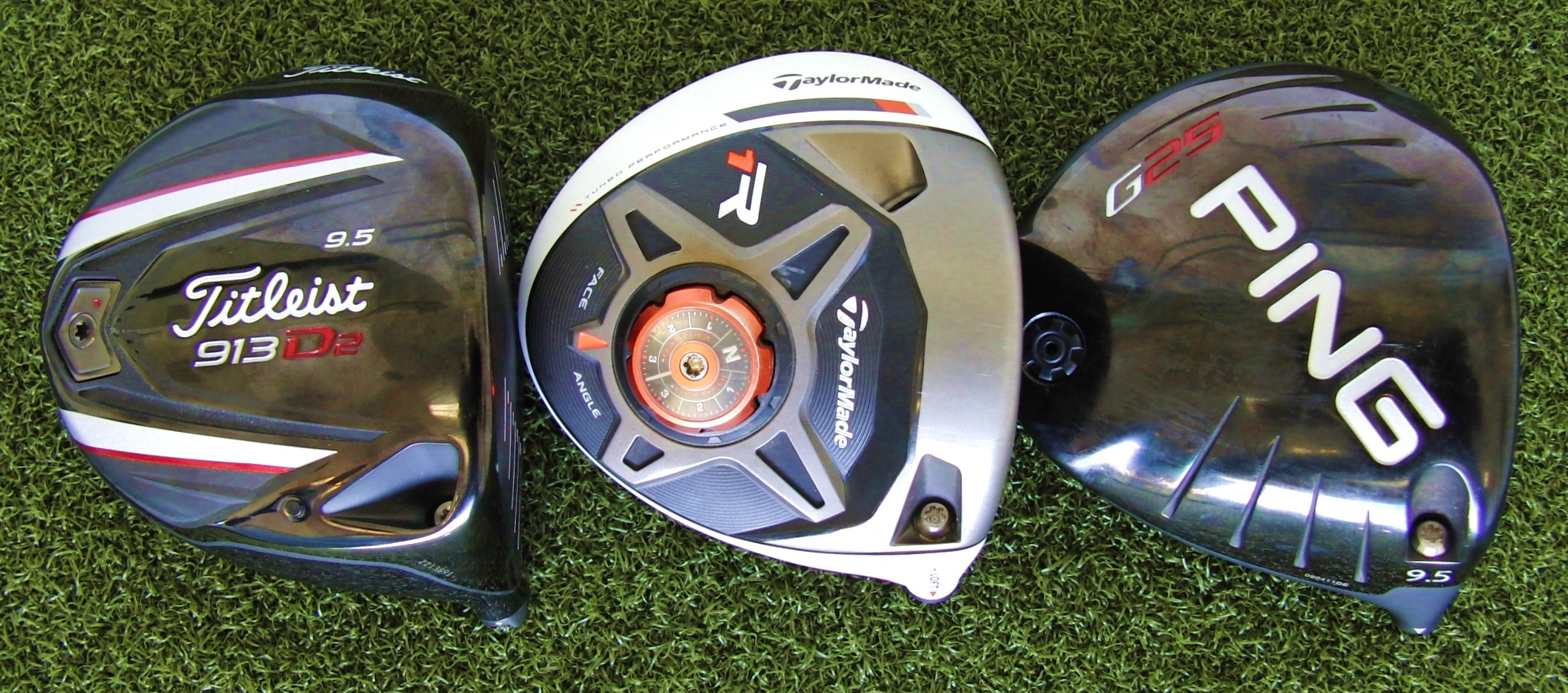

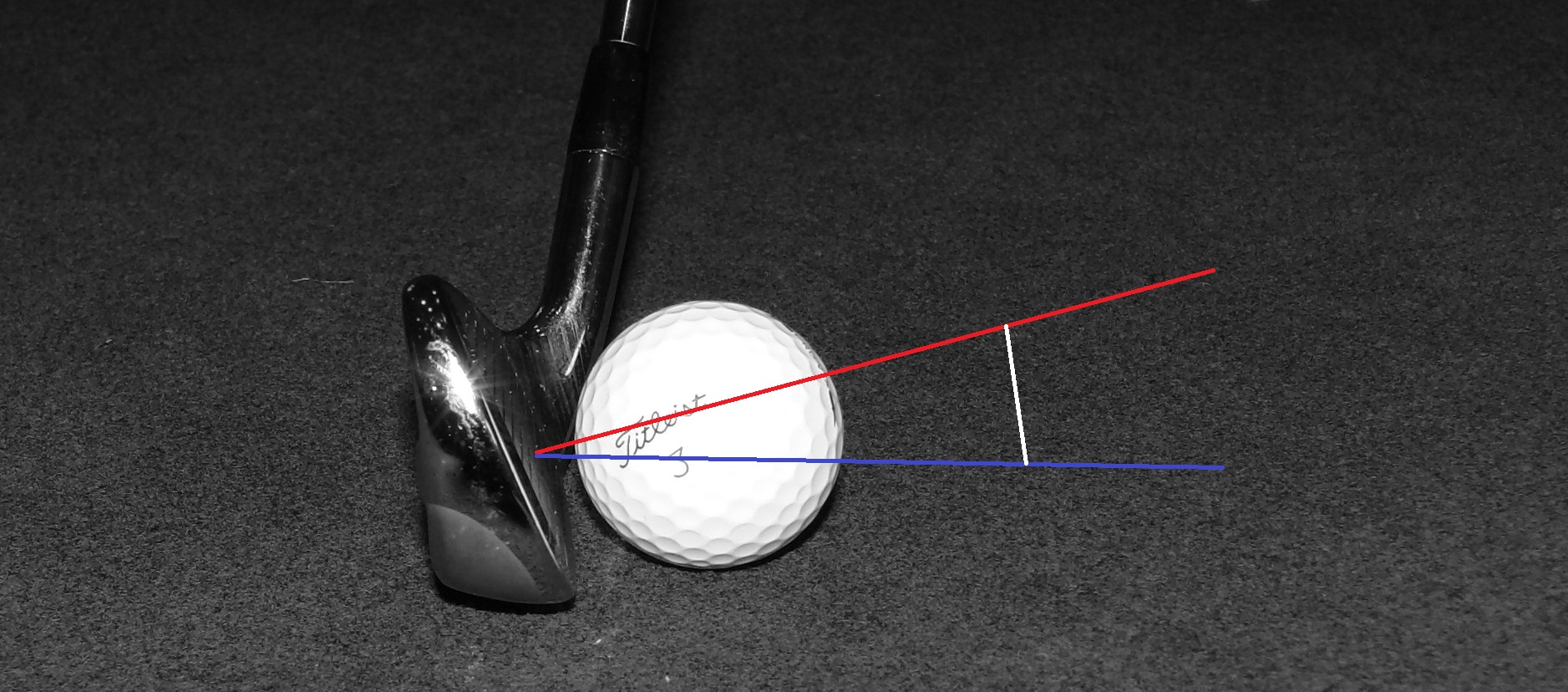
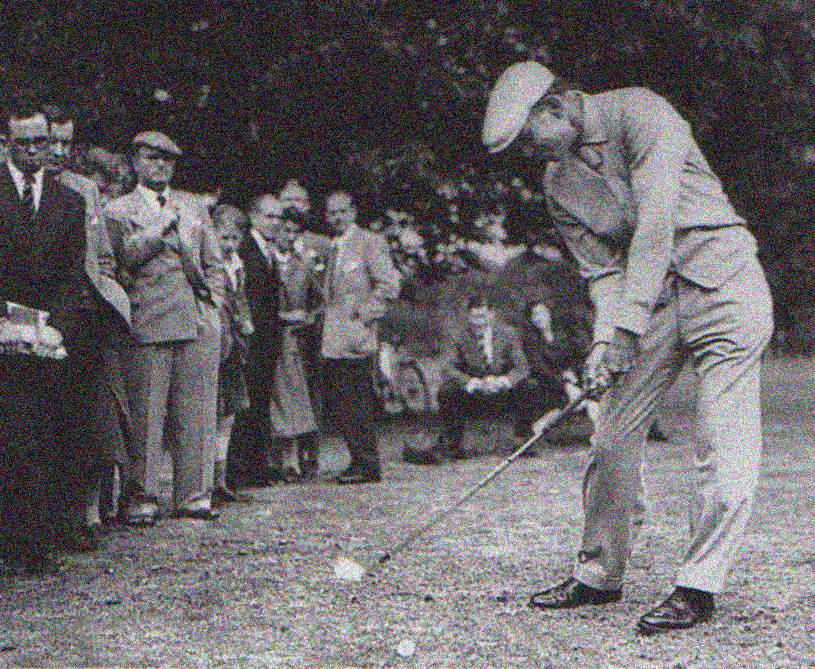
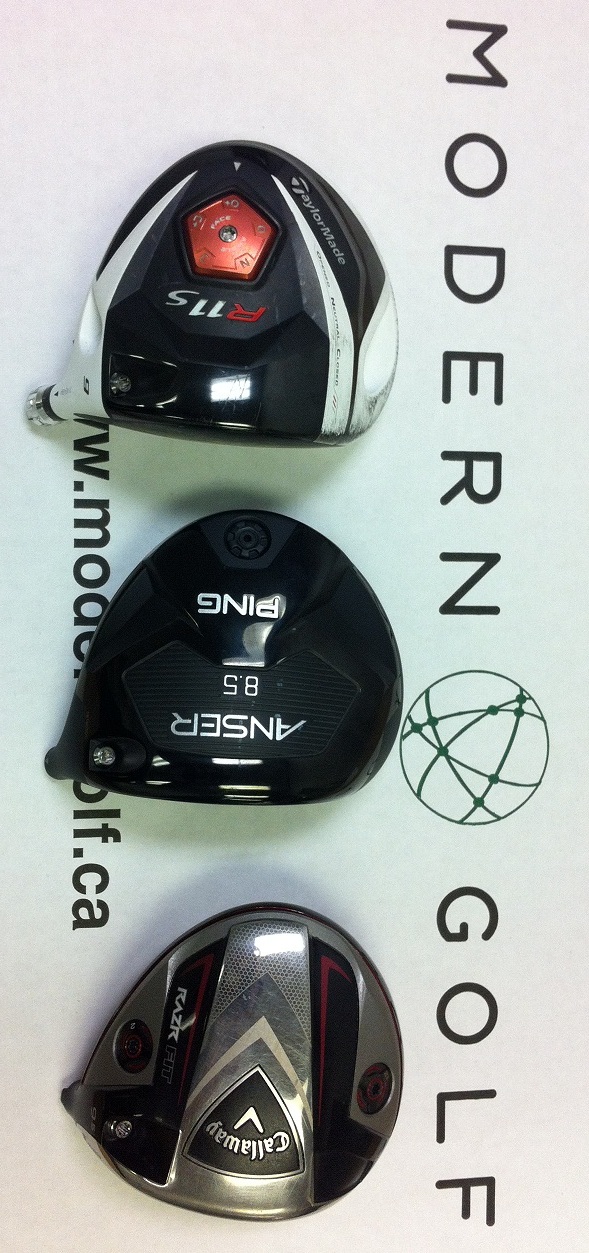

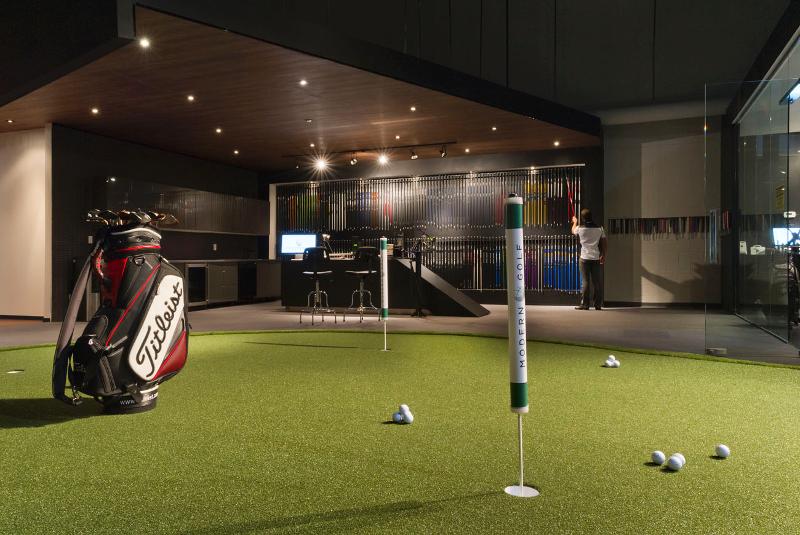






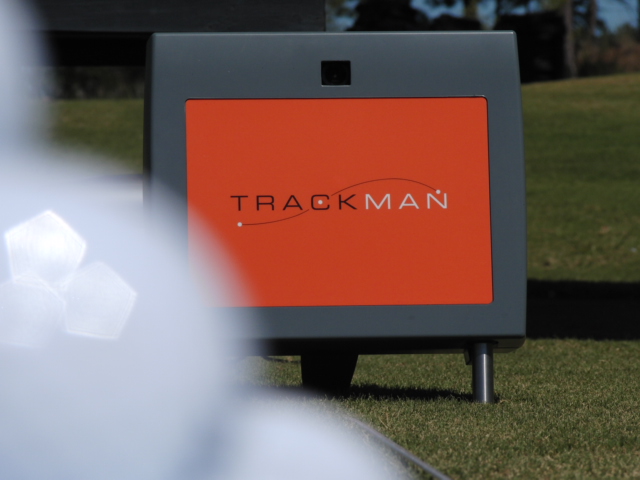
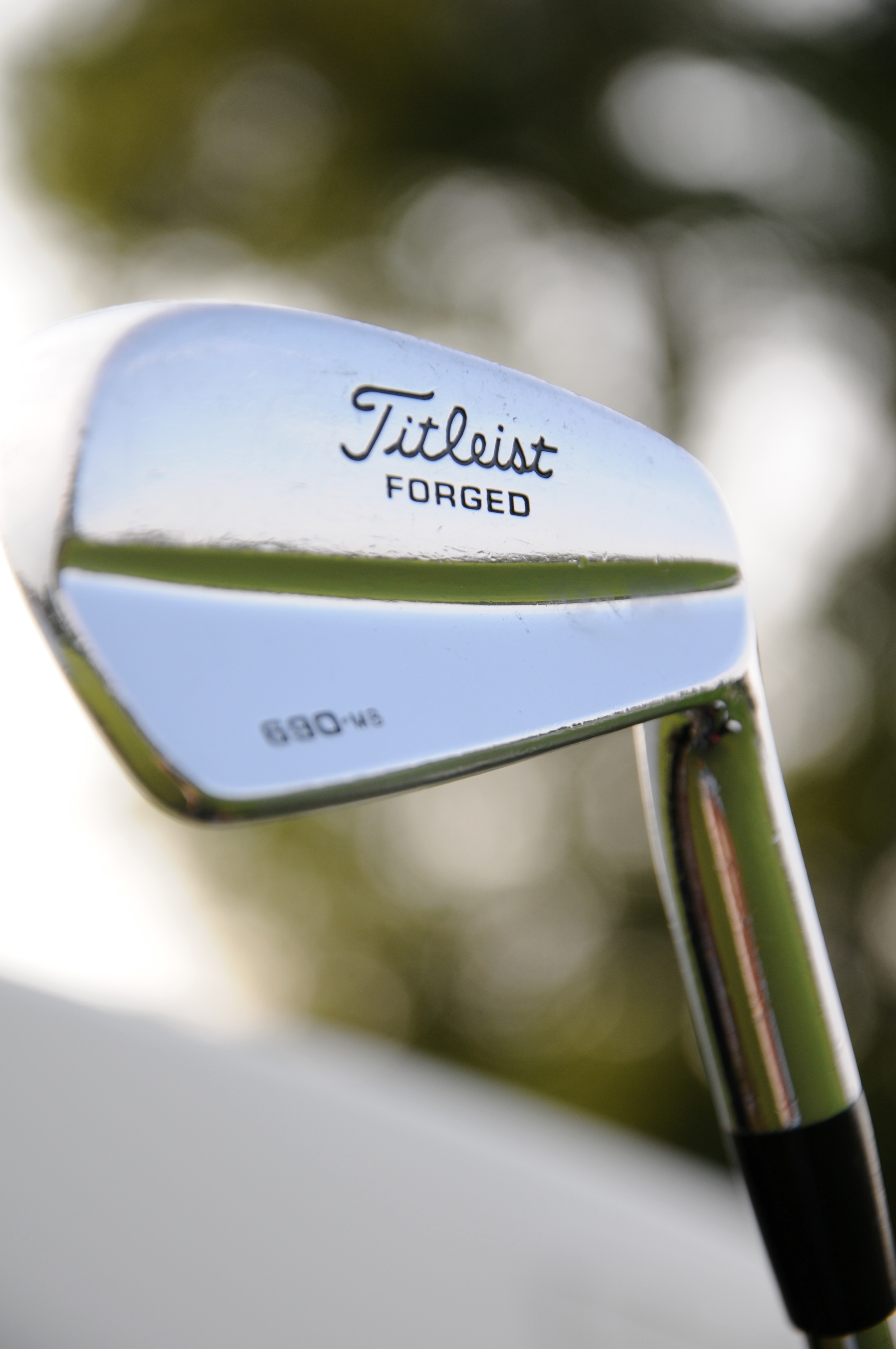 So often golfers are tempted into believing their equipment is the reason for the poor results they have been experiencing. Sometimes they may be correct, yet most times, this leads to the decision to make a change.
So often golfers are tempted into believing their equipment is the reason for the poor results they have been experiencing. Sometimes they may be correct, yet most times, this leads to the decision to make a change.





